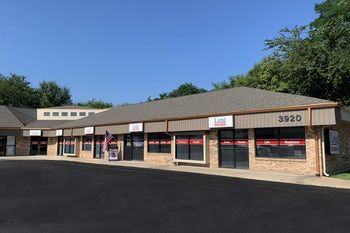By John Fisher
Almost everyone procrastinates from time to time, but putting off attention to safety hazards can be disastrous for a business or organization. To protect your customers and yourself, immediately attend to safety, rather than just planning to do so.
For example, consider what might happen if a manager of a facility frequented by elderly people, such as a physician’s office or an elderly living facility, noticed that patients or residents were tripping over an elevation change where an outdoor slab of cement had heaved upward.
Sudden changes in elevations of walking surfaces need not be dramatic to trip the elderly and others who tend to shuffle their feet rather than pick them up when walking. In fact, sudden changes in elevation of as little as one-quarter inch, and sometimes even less, are known to cause trip-and-fall incidents.
After scheduling the slab for repair, a well-intentioned property manager might decide to take intermediate measures by covering the elevation change with a mat. But this could result in more tripping incidents. The change in elevation would remain, but would be more difficult to see.
To reduce the chance of a trip-and-fall injury at your business due to abrupt changes in elevation:
- Once a hazard has been identified, immediately take steps to warn others, and preferably guard the hazard until it has been repaired. For example, put down yellow safety tape to highlight the hazard, place warning cones or signs near it, or barricade the area to pedestrian traffic until repairs can be made.
- Don’t use mats to conceal hazards. While mats may make walking safer over a wet surface, they do not eliminate hazards underneath them (for example, elevation changes or holes), and can actually make conditions worse as in our example where the mat hid the change in elevation.
- Pay particular attention to changes in elevation of walking surfaces when evaluating areas used by people with mobility impairments
This loss control information is advisory only. The author assumes no responsibility for management or control of loss control activities. Not all exposures are identified in this article. A Lang Insurance agent can advise you on liability coverages and additional loss control measures










